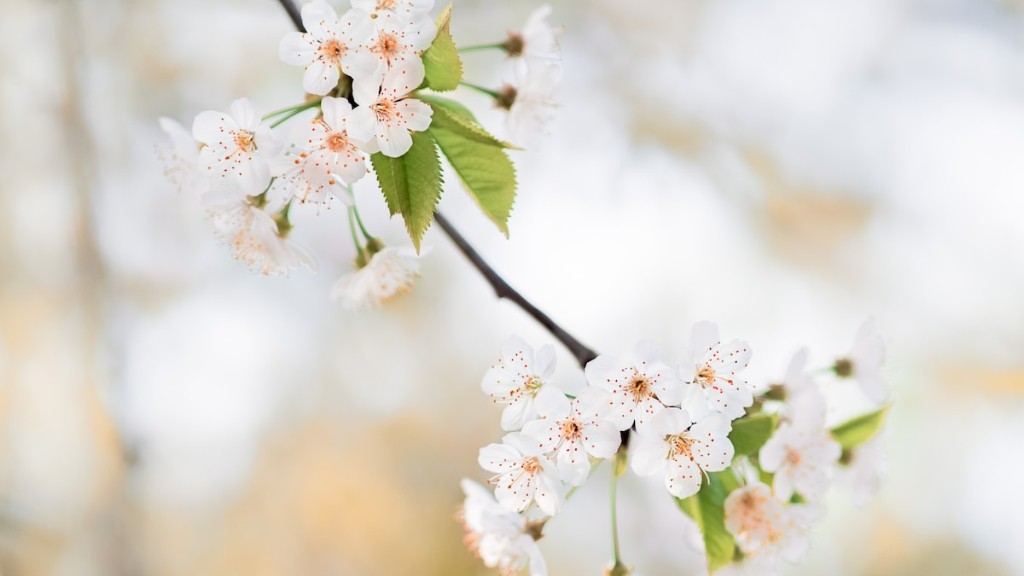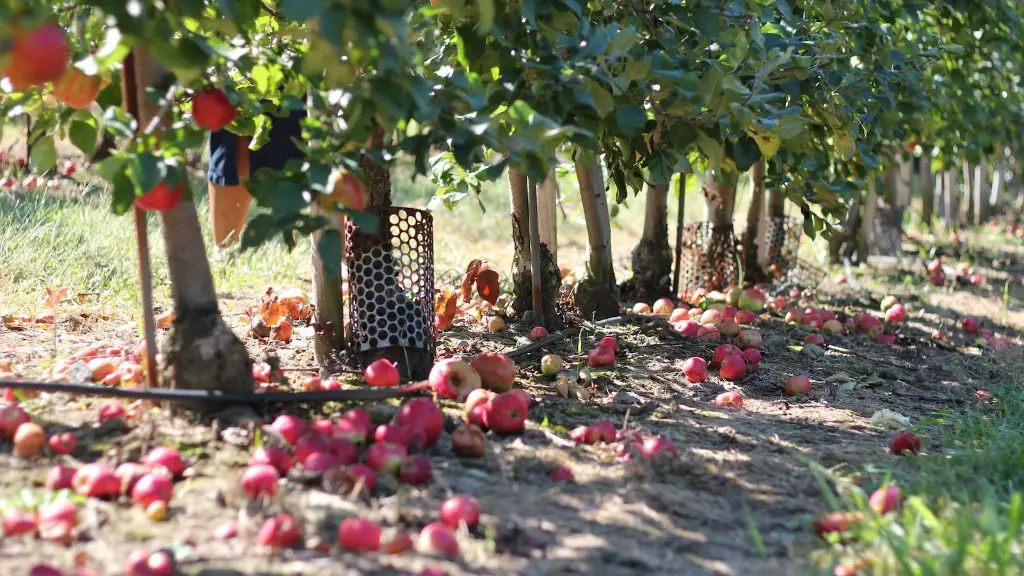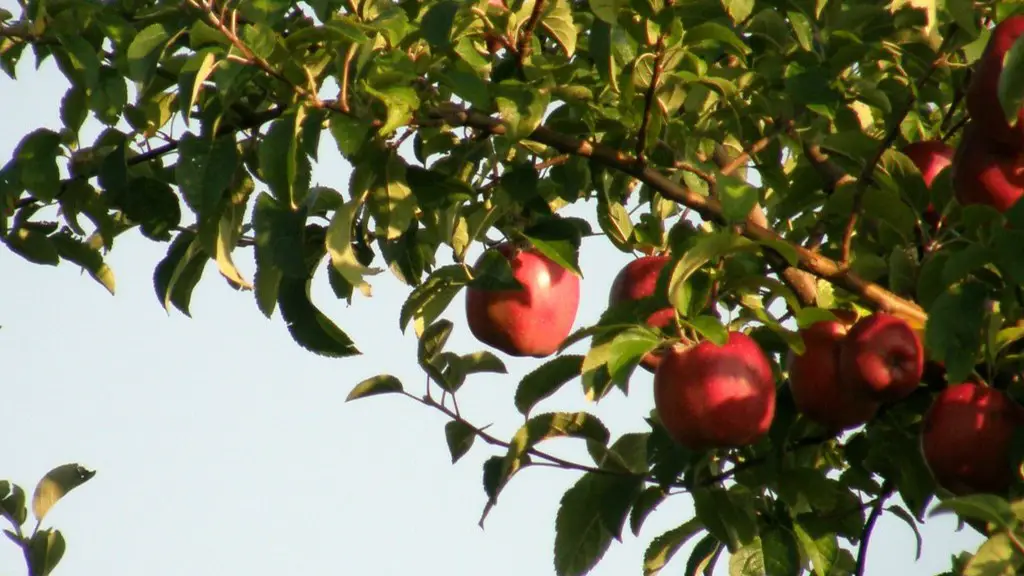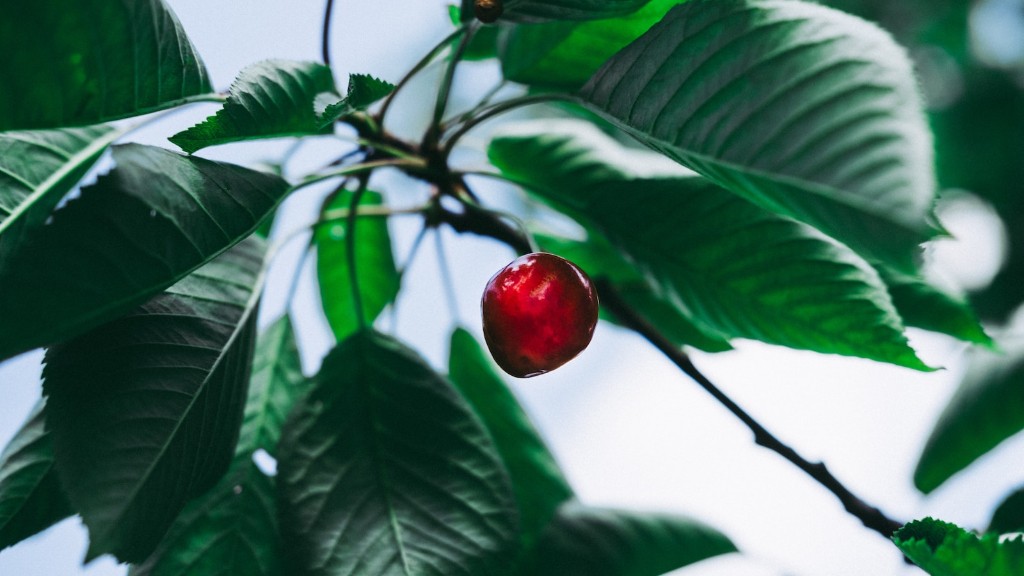In full bloom, cherry blossom trees are a sight to behold. For many people, these fragrant trees are a sign of spring, a reminder of good times and a form of natural beauty. But, how does one go about buying a cherry blossom tree?
Not many people know that buying a cherry blossom tree requires a lot of thought and research. Planting the tree correctly and caring for it properly requires knowledge of the essential growing conditions and requirements. In addition, what variety of tree should you choose? There are many factors to consider including cost, size, and visual appeal.
First of all, you will need to find a suitable spot for your tree. Do some research to determine the soil conditions in the area, as these can affect your tree’s growth. Select an area of your garden or grounds with enough sunlight, and make sure you leave room for the tree to grow. It’s also best to keep the tree a safe distance away from power lines or other obstructions.
Once you have found your spot, you can choose your tree. Consider the type and size of the tree you wish to have, as well as the climate in your area. If you live in a colder region, it is best to select a variety of dwarf cherry tree or one of the hardier types. Additionally, consider the color, aroma and shape of the flowers, and the look of the seasonal foliage and bark. Ask gardening specialists for advice if necessary.
When it comes to cost, cherry blossom trees can range from a few hundred dollars for small trees, to over a thousand for larger varieties. Shop around for the best price and always choose healthy and robust trees. For example, trees with healthy leaves, stems and branches are more likely to establish themselves and live longer.
Once you have purchased your tree, you will need to learn how to care for it. When planting, be sure to dig the hole large enough, and be careful not to damage the roots. You will need to fertilize the tree over the growing season, and water it during dry spells. Keep weeds away and prune the tree when necessary. Additionally, apply pest and disease protection appropriately.
Having a cherry blossom tree can be a rewarding experience, and will bring joy to your garden. By following these steps, you can ensure that you find the right tree and provide the necessary conditions to make it thrive.
Health and Maintenance
Taking care of your cherry blossom tree is essential if you want it to survive and thrive in your garden. To promote good health and longevity, annual pruning is heavily recommended, as this can help maintain the tree’s shape and size. The ideal pruning window for cherry blossom trees falls in mid spring and it helps to maintain the tree’s overall structure and shape. In addition, fertilising at the root level every year will help encourage blooming and growth. Check in with a qualified arborist to ensure that you understand the best way to care for your tree, and to ascertain what type of fertilizer to use.
Like many trees, cherry blossom trees are susceptible to pests and diseases. Monitoring your tree on a regular basis is the best way to catch any emerging problems. Common diseases, such as rot and mildew, should be treated with an appropriate fungicide. Additionally, watch out for any signs of pests, and take swift action if they are detected.
An important factor to consider when caring for your cherry blossom tree is the soil it is grown in. Make sure the soil has adequate drainage and sufficient nutrients. If your tree is growing in wet, heavy soil, it is likely to suffer. Appropriate mulching around the tree can help to keep the soil healthy and balanced.
While some pruning is essential, it is important to avoid excessive pruning of your cherry blossom tree. Heavy pruning can damage branches and limit the tree’s natural shape and structure, which is essential for blooming. Stressful pruning practices can also decrease the overall lifespan of your tree.
Types of Cherry Blossom Trees
Choosing the right variety of cherry blossom tree is essential when shopping for one. There are many types and varieties available, each with its own features and characteristics. Generally speaking, the larger varieties of cherry blossoms require more space and cooler climates, while the smaller types may do better in warmer areas. Ask a gardening expert or gardening centre to help you decide which type best suits your needs.
Some of the most common types of cherry blossom trees include the Japanese Prunus Kanzan, Japanese Prunus Shirotae, Japanese Prunus Accolade and Japanese Prunus Amanogawa. Popular dwarf varieties include the White Snow Fountain cherry, Pink Snow Fountain cherry and Autumnalis rosea cherry.
When choosing your cherry blossom tree, be sure to consider the visual appeal, scent and growing conditions of the specific variety. In addition, check the projected size, as it is important to make sure that the tree is the right size for your garden or patio. This will help you determine if the tree will fit in the available space.
Where to Buy
Now that you have chosen the right variety of cherry blossom tree for your garden, you need to find the best place to buy it. Some good places to start include gardening stores, big box retailers, plant nurseries and online retailers. Be sure to read reviews and look for customer satisfaction ratings before making your purchase. A reputable business should happily provide references or customer service information.
When purchasing online, read the terms and conditions carefully, paying close attention to the return policy and guarantee. Many online retailers will offer free shipping on any orders over a certain amount, so look out for special offers or promotions. In addition, consider the estimated delivery times of the tree, as you want to make sure the tree is not stressed due to long periods of transport or delayed arrival.
Planting Tips
Preparing the right environment for your cherry blossom tree is essential. Planting the tree at the right time of year is important, as it gives the tree enough time to establish its roots before winter. The best time to plant your tree is late spring or early summer. For cooler climates, fall is an acceptable time to plant if you can provide adequate protection.
Make sure to dig the hole deep and wide enough to accommodate the entire root system and give the tree enough space to grow. If the hole is not big enough, the roots may be too compressed to take in water and air, making them more prone to disease. Be sure to properly mix the soil for the new planting site, and backfill the hole with soil and compost.
When planting your tree, be sure to water it thoroughly. Water the tree again a few days later and make sure there is consistent moisture in the soil. Properly irrigated soil ensures that your tree is well hydrated and has the best chance of survival. Keep an eye on the weather and make sure to check the soil around the tree during dry spells, as it may need extra watering. Make sure to keep weeds away from the base of the tree, as they can compete with it for vital nutrients and water.
Finishing Touches
When your tree is up and growing, it is important to maintain it and its environment suitably. Keep the area around the tree raked and clear of debris, and consider adding some decoration to make your tree stand out. For example, adding a birdbath or feeding station to the base of your tree can attract the local birdlife. Additionally, adding a small light fixture near the base of the tree can create a magical atmosphere in the evenings.
In colder regions, it is essential to protect your cherry blossom tree from the winter chill. Firstly, make sure to timely prune it to help it withstand the cold. Additionally, you may consider installing a wind block at the base of your tree to protect its leaves and blossoms from freezing. Be sure to check the weather, and take the necessary steps to ensure your tree is safe and snug.




